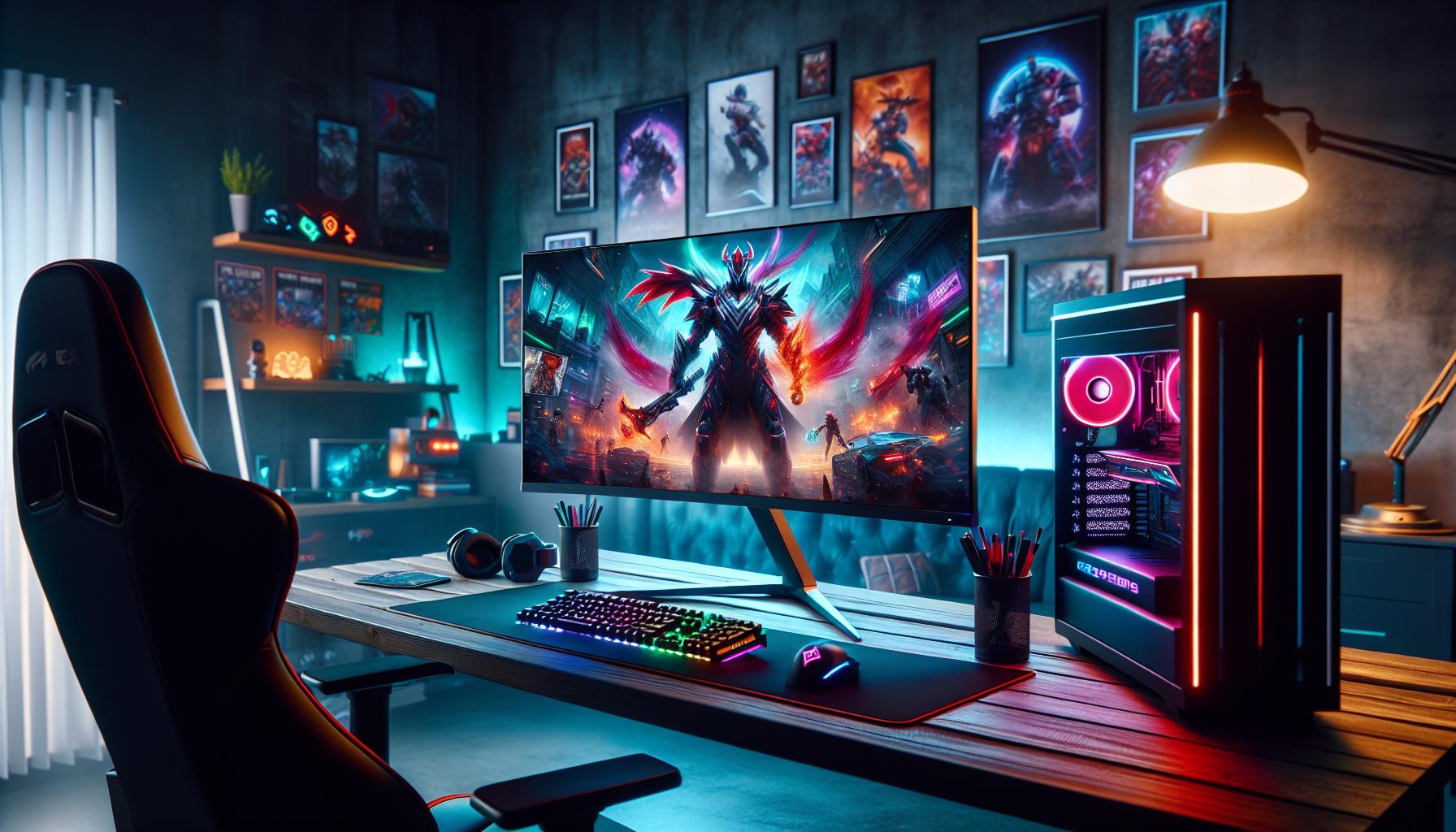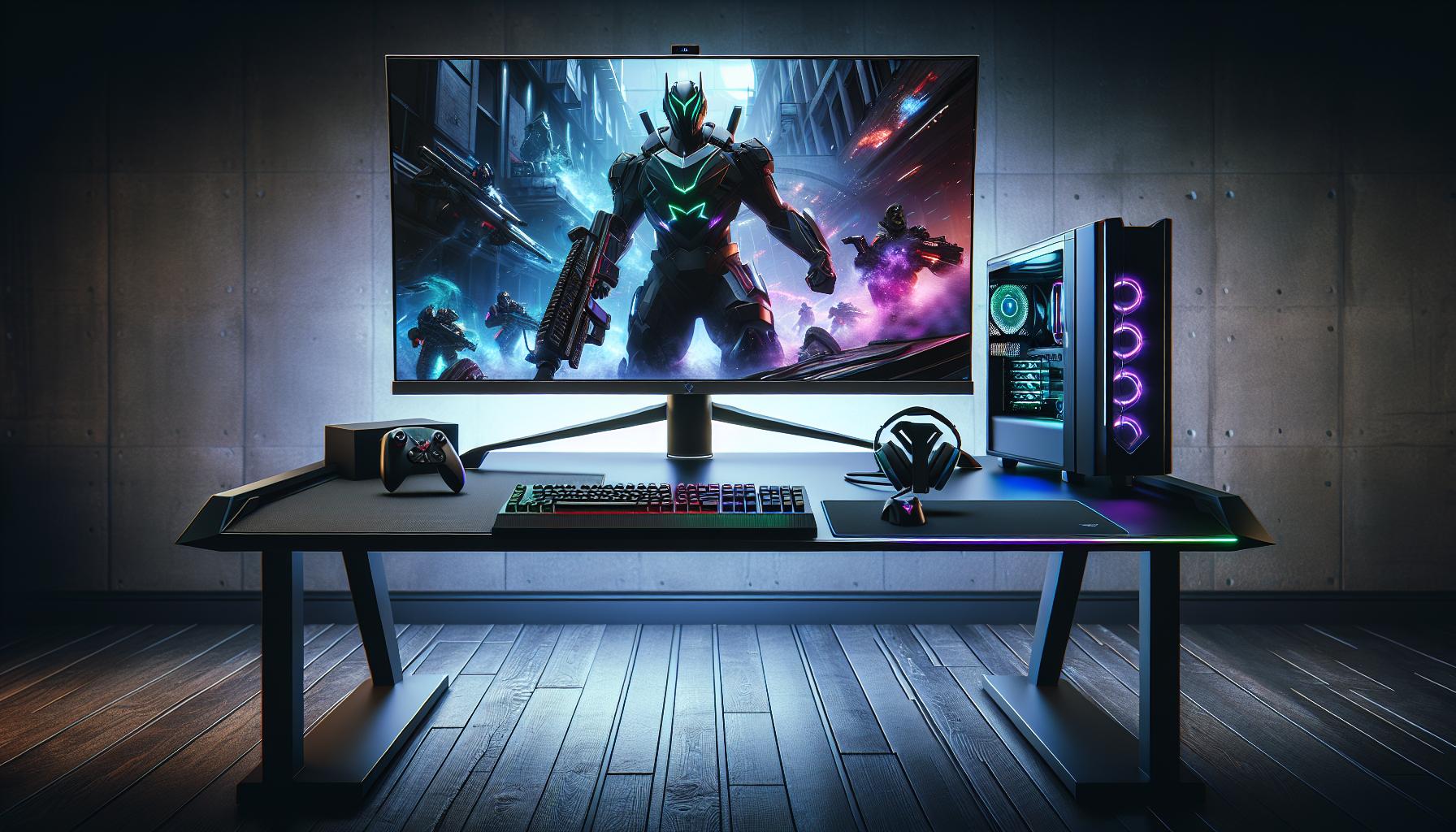Key Takeaways
- Endless Inspiration: Pinterest offers a vast collection of home design ideas across various styles, enabling users to explore and visualize their dream spaces effectively.
- Organized Design Process: Users can create specific boards for different rooms, helping to streamline the design process and clarify their aesthetic goals.
- Popular Design Styles: Key styles such as minimalist, bohemian, and modern farmhouse showcase diverse aesthetics, catering to individual preferences.
- Effective Implementation: Following structured steps, including goal setting and the careful selection of tools, allows users to transform their Pinterest inspiration into reality.
- Collaboration Opportunities: Pinterest fosters collaboration between homeowners and designers through shared boards and ongoing communication, enhancing the overall design experience.
- Stay Trendy: By exploring Pinterest, users can stay updated on the latest home design trends and gain access to a variety of resources for implementation.
Pinterest has transformed the way people approach home design, turning inspiration into reality. With a vast array of styles and ideas just a click away, homeowners and designers alike are tapping into this visual platform to curate their dream spaces. Whether it’s a cozy cottage or a sleek modern oasis, Pinterest offers endless possibilities for every taste.
Exploring Pinterest home design plans allows individuals to discover innovative layouts and unique decor concepts. Users can easily save their favorite pins and create mood boards that reflect their personal style. This not only streamlines the design process but also ignites creativity, making it easier than ever to bring visions to life. Dive into the world of Pinterest and unlock the potential to transform any space into a stunning sanctuary.
Pinterest Home Design Plans
Pinterest home design plans offer a diverse collection of ideas for various styles. Users can explore categories such as modern, rustic, minimalist, and eclectic. Each category provides thousands of pins showcasing creative layouts, color palettes, and decorative elements.
Users can create boards for different rooms, like kitchens, living rooms, and bedrooms. They can organize their saved pins to visualize their design goals. Pinterest also enables users to discover trending design elements, ensuring their plans stay up-to-date with current aesthetics.
Designers often utilize Pinterest to share their portfolios, connecting with potential clients. Through collaboration, homeowners and professionals enjoy a more streamlined design process. Additionally, Pinterest’s search tools make finding specific styles or items simple, enhancing the overall experience for users.
Analytics show that 85% of Pinterest users visit the platform for home and garden inspiration. This statistic underscores Pinterest’s role as a valuable resource in home design planning, making it easier for users to curate their dream spaces.
Popular Design Styles

Pinterest features a multitude of popular design styles, each offering unique aesthetics and atmospheres for home design. Homeowners can explore these styles to find inspiration that resonates with their personal tastes.
Minimalist Aesthetics
Minimalist aesthetics emphasize simplicity and functionality. This design style incorporates neutral color palettes, clean lines, and uncluttered spaces, creating a calm environment. Furniture typically features sleek designs with essential elements only. Accessories remain minimal, highlighting one or two statement pieces, which enhances the overall look. Sustainable materials often play a key role, fostering a connection with nature.
Bohemian Vibes
Bohemian vibes celebrate individuality and creativity. This style showcases an eclectic mix of patterns and textures, combining vibrant colors and unique decor items from various cultures. Layered textiles, such as rugs and pillows, add warmth to spaces. Plants become essential, bringing life into rooms with their lush greenery. Furnishings often include vintage or handcrafted pieces, creating a personalized and inviting atmosphere.
Modern Farmhouse
Modern farmhouse design marries rustic charm with contemporary style. This aesthetic features a neutral color scheme, often including whites, grays, and natural wood tones. Key elements include large wooden beams, shiplap walls, and open spaces that encourage social interaction. Vintage furniture pieces paired with modern accents provide a warm, inviting feel. Decorative touches like mason jars and botanical prints enhance the home’s character, celebrating a cozy, lived-in look.
How to Create a Pinterest Home Design Plan

Creating a Pinterest home design plan involves structured steps that guide users in making their design vision a reality. Careful organization enhances the process and ensures clarity in design objectives.
Setting Goals and Objectives
Setting goals and objectives provides a clear direction for the design project. Identify specific areas for improvement, such as enhancing functionality or updating aesthetics. Determine desired styles, themes, or color palettes based on personal preferences. Establishing budget constraints helps prioritize projects, ensuring realistic plans. Setting timelines for completing design tasks allows for effective scheduling and keeps the project on track.
Gathering Inspiration
Gathering inspiration involves exploring various sources on Pinterest to curate a comprehensive collection of ideas. Use specific keywords when searching for design elements that align with the project’s goals, such as “modern kitchen design” or “rustic living room decor.” Create boards to organize saved pins by room or theme, streamlining the discovery process. Engaging with design trends helps refine choices, while storing images of existing rooms or furniture pieces can provide context for the envisioned design.
Implementing Your Design Plan

Implementing a design plan involves careful selection of tools and execution strategies. By focusing on the right resources and techniques, homeowners can effectively bring their creative visions to life.
Choosing the Right Tools
Selecting appropriate tools simplifies the design implementation process. Consider the following essential resources:
- Measurement Tools: Use measuring tapes or digital measuring apps to obtain accurate dimensions of space. Precision ensures proper fitting for furniture and decor.
- Design Software: Utilize design software or applications such as SketchUp or Floorplanner to visualize layouts. These tools allow easy adjustments during the planning phase.
- Color Palette Apps: Leverage color palette apps like ColorSnap to explore harmonious color combinations. This supports effective color planning that aligns with the desired aesthetic.
- Mood Board Creators: Explore platforms like Canva or Milanote to create digital mood boards. These visual collages enhance the design concept and help maintain focus during implementation.
- Budget Trackers: Employ budgeting tools, such as spreadsheets or finance apps, to monitor expenses. Keeping track of costs helps avoid overspending and aligns with financial goals.
Executing the Design
Executing the design plan requires a systematic approach to ensure seamless implementation. Consider these steps:
- Declutter and Clean: Begin by clearing the space of unnecessary items. A clean canvas promotes creativity and clarity during the design process.
- Color Application: Apply paint or wallpaper based on the established color palette. Start with walls, then progress to accents for a cohesive look.
- Furniture Arrangement: Arrange furniture according to the visualized layout. Positioning shapes and sizes thoughtfully enhances flow and functionality.
- Accessorizing: Incorporate decorative elements, such as art, textiles, and plants. Select pieces that complement the established style, enhancing the overall ambiance.
- Regular Assessment: Periodically step back to assess the progress. Adjust elements as needed, ensuring that the design aligns with original goals and remains visually appealing.
By diligently selecting tools and executing each step, users can effectively realize their Pinterest-inspired home design plans.
Benefits of Using Pinterest for Home Design
Pinterest offers numerous advantages for home design enthusiasts.
- Visual Inspiration: Pinterest serves as a vast gallery of images showcasing diverse design styles, enabling users to visualize various aesthetics.
- Mood Board Creation: Users can easily compile mood boards by saving pins, facilitating the organization of ideas and inspirations in one place.
- Easy Exploration: The platform’s search functionality allows users to discover specific styles, themes, and trends, simplifying the inspiration-gathering process.
- Collaboration Opportunities: Pinterest enables designers and homeowners to collaborate effectively by sharing boards, fostering communication and feedback during the design process.
- Trend Awareness: By following popular boards and browsing trending pins, users stay updated on the latest home design trends and innovations.
- Resource Availability: Users can link to articles, tutorials, and resources directly from pins, providing helpful guidance and ideas for implementation.
- Customization Flexibility: Pinterest supports the creation of specific boards for different rooms or projects, allowing users to tailor their design plans to their preferences.
- Diverse Styles: The variety of styles available on Pinterest caters to different tastes, from modern to rustic, ensuring every user finds relevant inspiration.
Utilizing Pinterest enhances the home design process and empowers individuals to create personalized and stylish environments.
Pinterest stands out as an essential tool for anyone looking to transform their home design ideas into reality. Its vast array of styles and trends allows users to explore and curate their unique vision with ease. By utilizing mood boards and organized pins, individuals can streamline their design process and ensure their plans reflect personal tastes.
The collaborative nature of Pinterest also fosters connections between homeowners and designers, enhancing creativity and innovation. With the right approach and tools, users can effectively execute their design plans and create stunning spaces that resonate with their lifestyle. Embracing Pinterest for home design not only inspires but empowers individuals to craft their dream environments.






